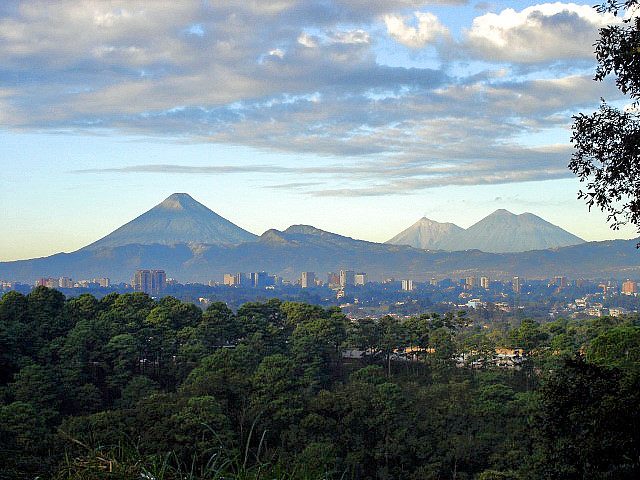
(Wikimedia Commons public domain image)
I’m still going, still posting notes principally drawn from an article that was written by my longtime friend Bart Kowallis about the natural cataclysm described in the Book of Mormon as having occurred in the New World at the death of Christ: Bart J. Kowallis, “In the Thirty and Fourth Year: A Geologist’s View of the Great Destruction in 3 Nephi,” BYU Studies 37/3 (1997-1998):
Dr. Kowallis observes that, in addition to burial by falling ash and burial by hot flowing volcanic mud (called a lahar), there is a third documented method of burial connected with exploding volcanoes. The eruption of Mount Saint Helens in 1980 taught geologists a great deal about this phenomenon. When the north side of the volcano collapsed, the resulting landslide, a debris avalanche, traveled as far as twenty-five miles from its source, at speeds that exceeded 150 miles per hour. It swept across the valley at the base of Mount Saint Helens, buried Spirit Lake, then flowed up and over a three-hundred-foot-high ridge, surged across the next valley, and climbed halfway up the next mountain. In some places, it left deposits that were as much as six hundred feet thick.
Since 1980, geologists have realized that such massive landslides are common in connection with explosive volcanic eruptions.
Is there any relevance in this to the account given in the Book of Mormon? Very possibly.
And the earth was carried up upon the city of Moronihah, that in the place of the city there became a great mountain. (3 Nephi 8:10)
Professor Kowallis remarks that,
From this description, it seems possible that Moronihah might have been buried by a debris avalanche similar to the one that occurred at Mount St. Helens — an effective way to carry earth up upon a city. In any case, Moronihah and the other cities buried in the earth or the ash would have to have been quite close to the eruption (probably within fifty miles and perhaps much closer). Avalanches such as these do indeed dramatically alter the local topography so that it is not unreasonable to believe that, where there had been a city nestled in a valley, there was, after the eruption, a hill or mountain formed by the avalanche deposits. (169)
If a place like Moronihah has been buried for two thousand years under, say, six hundred feet of volcanic debris, no archaeological dig is ever going to find it.











